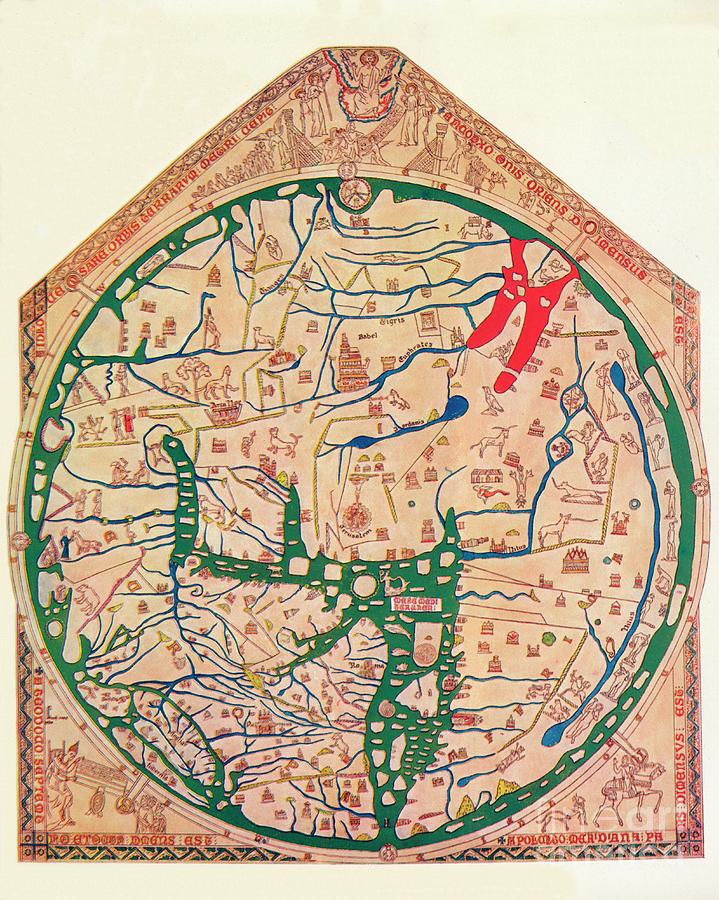As ever, dear readers, welcome.
Although Tolkien taught in the field of English literature, he was not generally enthusiastic about much of anything in it beyond about the 14th century. In a 1953 letter to Robert Murray, SJ, he wrote:
“Certainly I have not been nourished by English Literature, in which I do not suppose I am better read than you; for the simple reason that I have never found much there in which to rest my heart (or heart and head together). I was brought up in the Classics, and first discovered the sensation of literary pleasure in Homer.” (letter to Robert Murray, 2 December, 1953, Letters, 172)
He further explains this in a letter to W.H. Auden, where he says:
“I went to King Edward’s School and spent most of my time learning Latin and Greek; but I also learned English. Not English Literature! Except Shakespeare (which I disliked cordially), the chief contacts with poetry were when one was made to try and translate it into Latin.” (letter to W.H. Auden, 7 June, 1955, Letters, 213)
This dislike made a rather violent appearance at a meeting of the Debating Society while he was at King Edward’s School when
“…in a debate on the authorship of Shakespeare’s plays he ‘poured a sudden flood of unqualified abuse upon Shakespeare, upon his filthy birthplace, his squalid surroundings, and his sordid character’. “ (Carpenter, Tolkien, 45)
This is, of course, what in rhetoric is called an argumentum ad hominem—that is, an attack upon the person, rather than addressing the issue of the debate directly and, what we see here is a combination of the adolescent Tolkien’s personal resentment and that strange Shakespeare-denial which seems to date back to the 1850s, a major proponent being Delia Bacon (1811-1859),

who first published her doubts about Shakespeare’s authorship in an anonymous article in the January, 1856 issue of Putnam’s Monthly Magazine (pages 1-19), which she expanded into a large volume in 1857, The Philosophy of the Plays of Shakespeare (which you can find here: https://www.gutenberg.org/cache/epub/8207/pg8207.html –and you can find more about doubts here: https://shakespeareanauthorshiptrust.org/ For what it’s worth, I’ve never believed that the man from Stratford wasn’t the author. See Caroline Spurgeon’s 1935 book, Shakespeare’s Imagery here for what would have long ago convinced me, had I had any doubts: https://archive.org/details/lccn_051092582 I would also be very wary when reading about Ms Bacon, that she ended her life in an asylum, put there by her brother, who had interfered in her life earlier and, as a Victorian minister and a male, had power over her which, in our century, might have been seriously questioned.)
In time, the grownup Tolkien somewhat changed his mind about Shakespeare, praising a performance of Hamlet to his son, Christopher:
“Plain news is on the airgraph; but the only event worth of talk was the performance of Hamlet which I had been to just before I wrote last. I was full of it then, but the cares of the world have soon wiped away the impression.”
He then adds an interesting qualification:
“But it emphasised more strongly than anything I have ever seen the folly of reading Shakespeare (and annotating him in the study), except as a concomitant of seeing his plays acted. It was a very good performance with a young rather fierce Hamlet; it was played fast without cuts; and came out as a very exciting play. Could one only have seen it without ever having read it or knowing the plot, it would have been terrific.” (letter to Christopher, 28 July, 1944, Letters, 88—if you’re curious about that word “airgraph”, see: https://en.wikipedia.org/wiki/V-mail )
Even though he may have enjoyed Hamlet, a play which had early vexed JRRT was Macbeth, and one element in particular:
“And I like Ents now because they do not seem to have anything to do with me…Their part in the story is due, I think, to my bitter disappointment and disgust from schooldays with the shabby use made in Shakespeare of the coming of ‘Great Birnam wood to high Dunsinane hill’: I longed to devise a setting in which the trees might really march to war.” (letter to W.H. Auden, 7 June, 1955, Letters, 212—a footnote)
Ents are now a familiar part of our landscape, from Treebeard’s meeting with Merry and Pippin

(Alan Lee)
to the complete destruction of Isengard under his direction.

(Ted Nasmith)
The line which Tolkien quotes occurs in Act IV, Scene I, of the play, when Macbeth, who has gained his throne by a series of murders which have come to trouble him, has returned to the witches who had originally prophesied that he would become king and is told:
“Macbeth shall never vanquish’d be, until
Great Byrnam Wood, to high Dunsmane Hill
Shall come against him. (Actus Quartus, Scena Prima in the “First Folio”,lines 1635-38 in modern lineation—I like period texts, as cranky as they can be to a modern eye, and you can find this of the play at: https://internetshakespeare.uvic.ca/doc/Mac_F1/ )
Tolkien may have been annoyed at Shakespeare’s “shabby use”, but he himself was inspired to create his own walking wood from that annoyance. Just before these lines, however, there’s another bit of witchy prophesy and I wonder if this inspired JRRT, at least subconsciously, as well:
“Be bloody, bold, & resolute:
Laugh to scorne
The powre of Man: for none of woman borne
Shall harme Macbeth.” (lines 1619-22)
This sounds like a comfort, but, just like the lines which suggest the impossibility of a forest coming to Macbeth’s castle—and which then come true, as Macduff’s men camouflage themselves with it, so these words are also truer than Macbeth realizes, when it turns out that Macduff was born by Caesarean section (Actus Quintus, Scena Septima, 2453-2456) and Macbeth’s head is soon in Macduff’s hands.
And this reminds me of another scene:
“ ‘Hinder me? Thou fool. No living man may hinder me!’
Then Merry heard of all sounds in that hour the strangest. It seemed that Dernhelm laughed, and the clear voice was like the ring of steel. ‘But no living man am I! You look upon a woman. Eowyn I am, Eomund’s daughter. You stand between me and my lord and kin. Begone, if you be not deathless! For living or dark undead, I will smite you, if you touch him.’ “ (The Return of the King, Book Five, Chapter 6, “The Battle of the Pelennor Fields”)

(a second Ted Nasmith)
Thanks for reading, as ever.
Stay well,
Never trust people who collect eye of newt,
And know that, as always, there’s
MTCIDC
O
PS
There is an old theatrical tradition that actors naming Macbeth jinx themselves and performances. Considering what happens to most of the major and some of the minor characters in the play, it’s not surprising! See: https://en.wikipedia.org/wiki/The_Scottish_play for more.













































